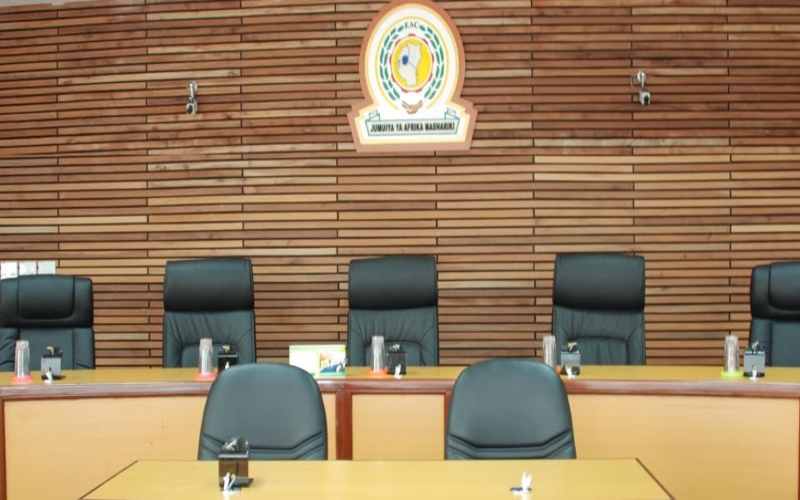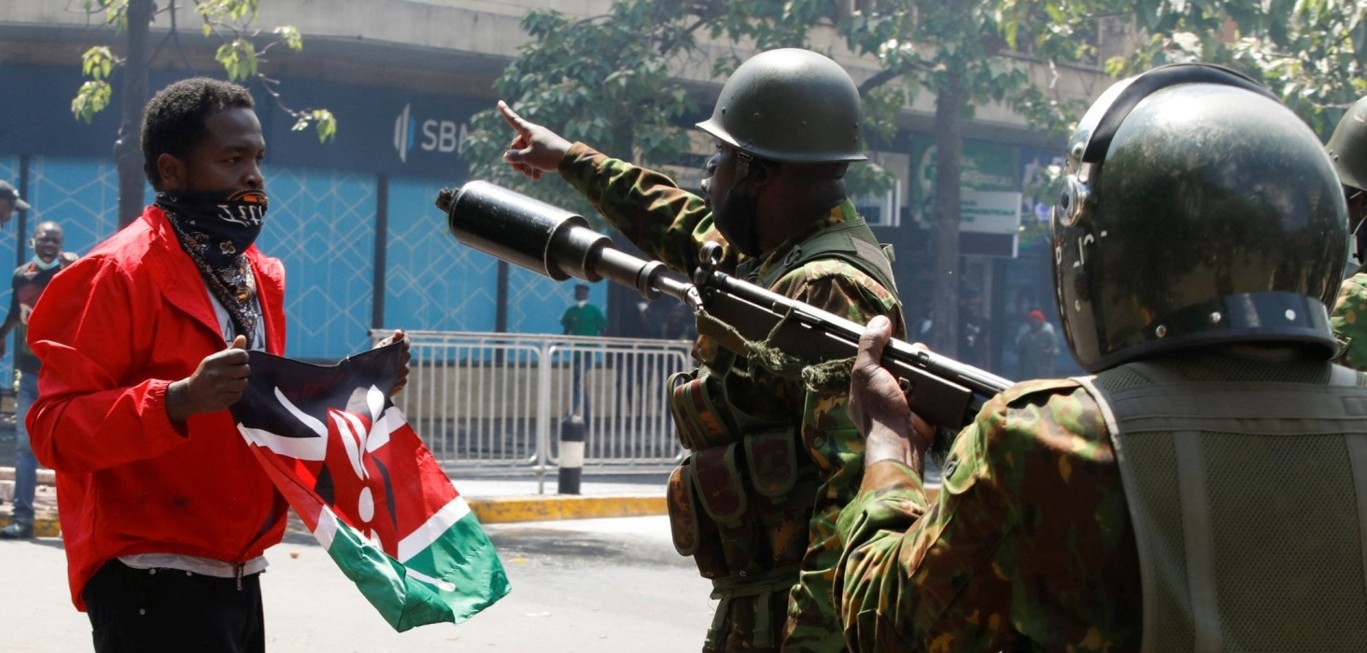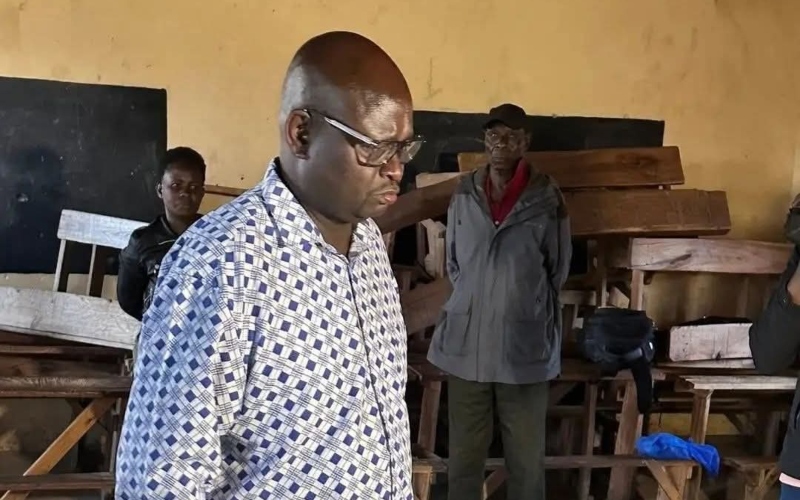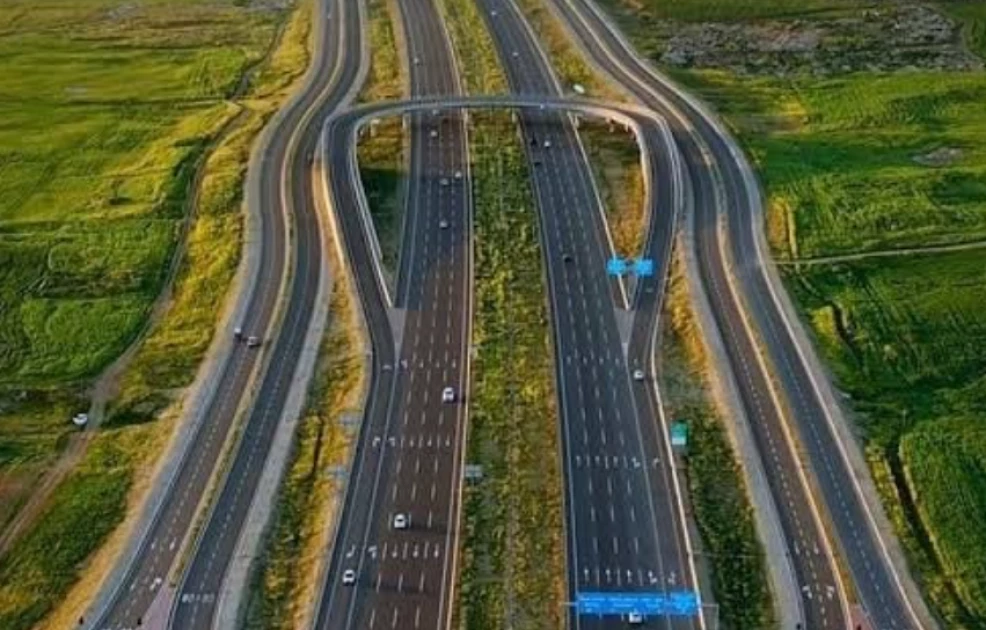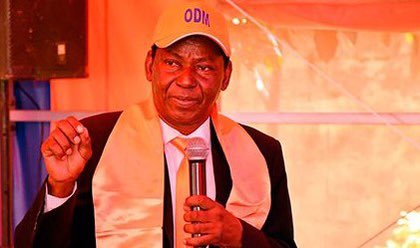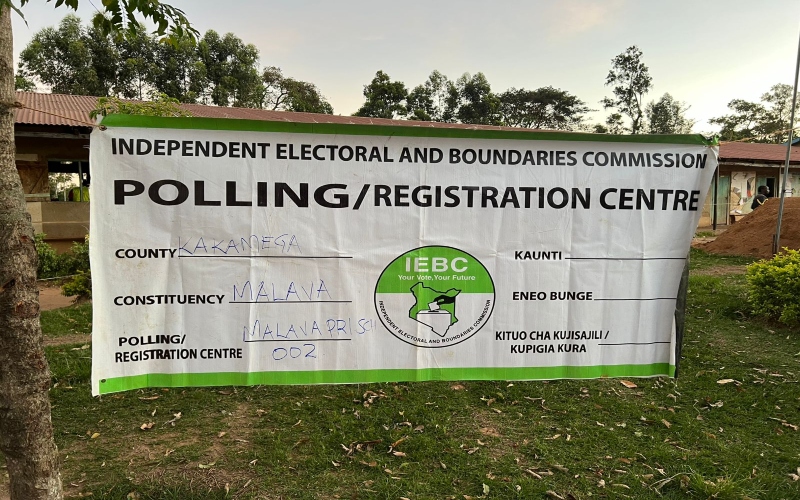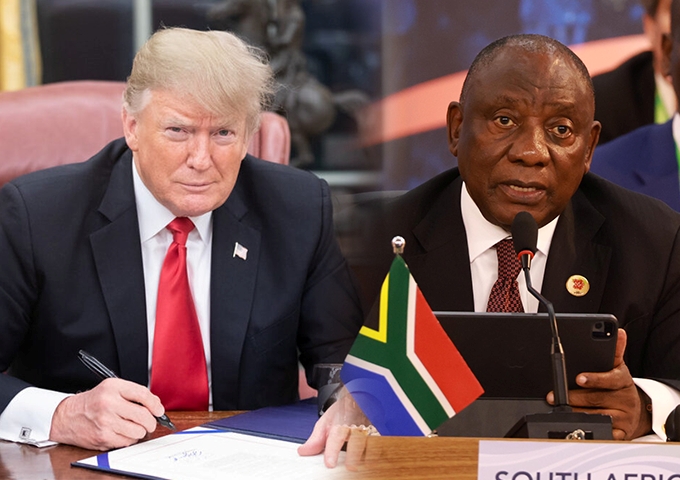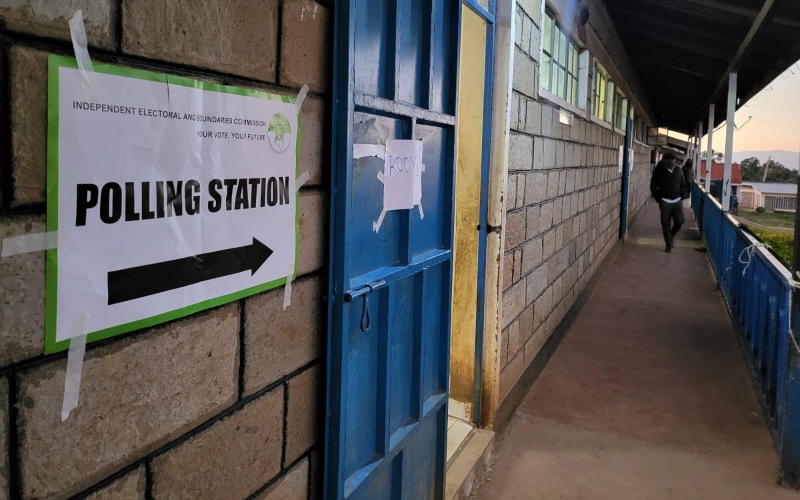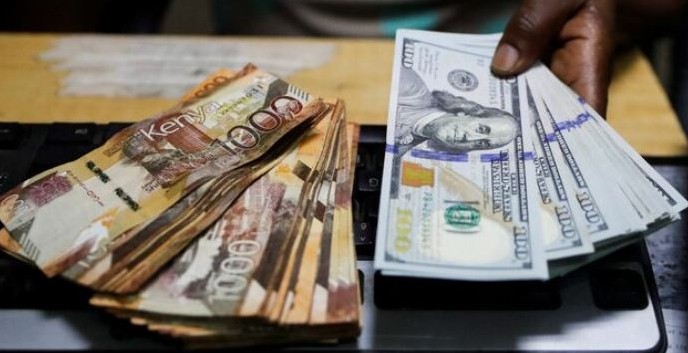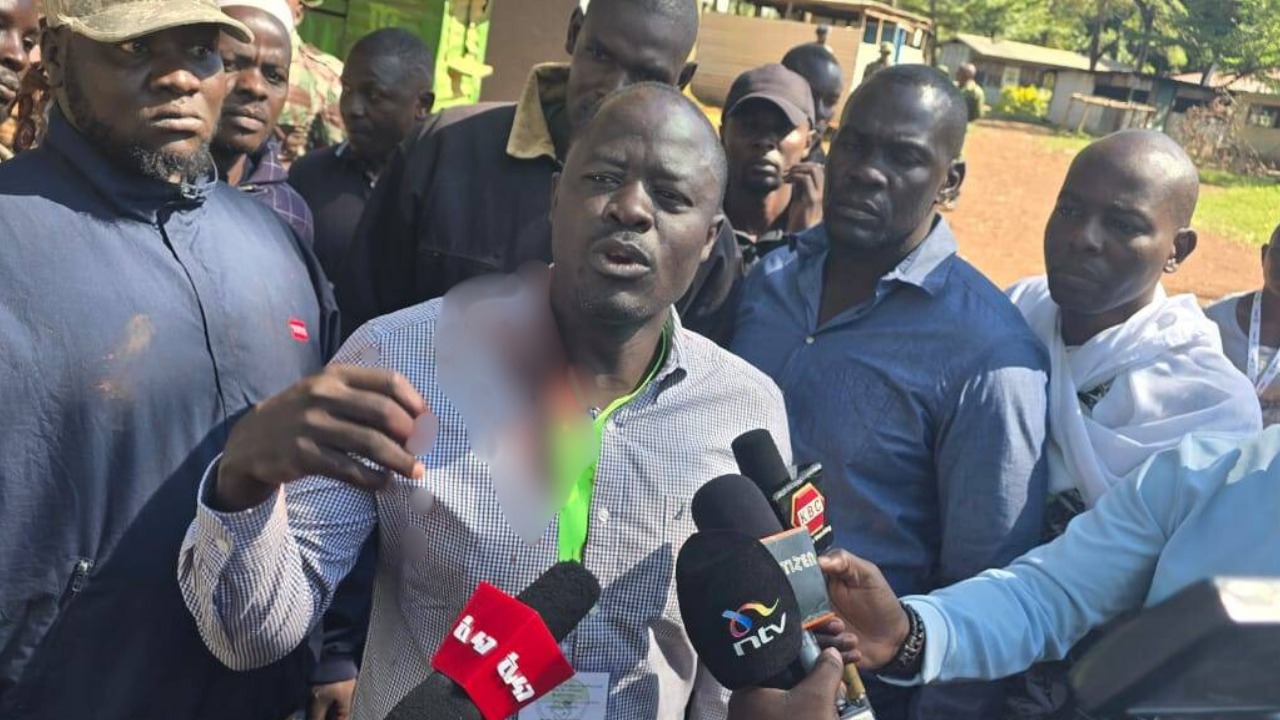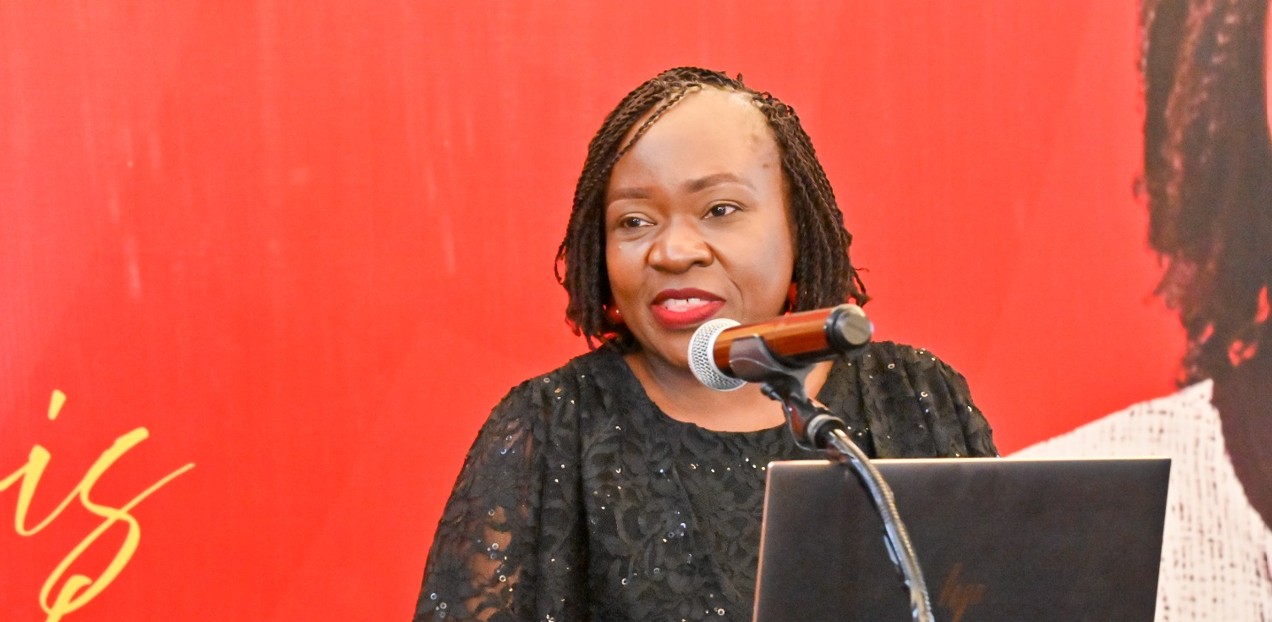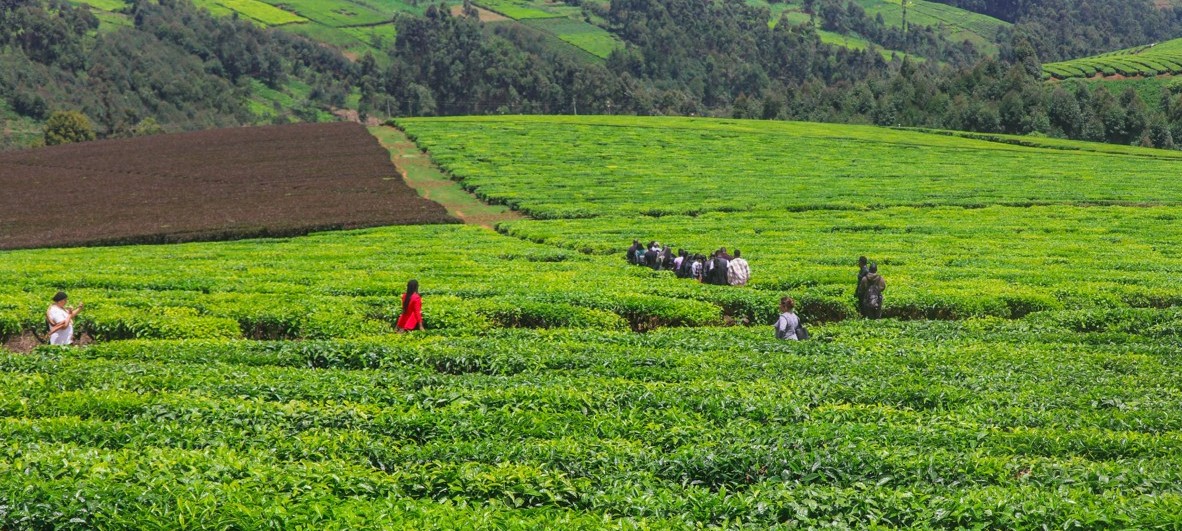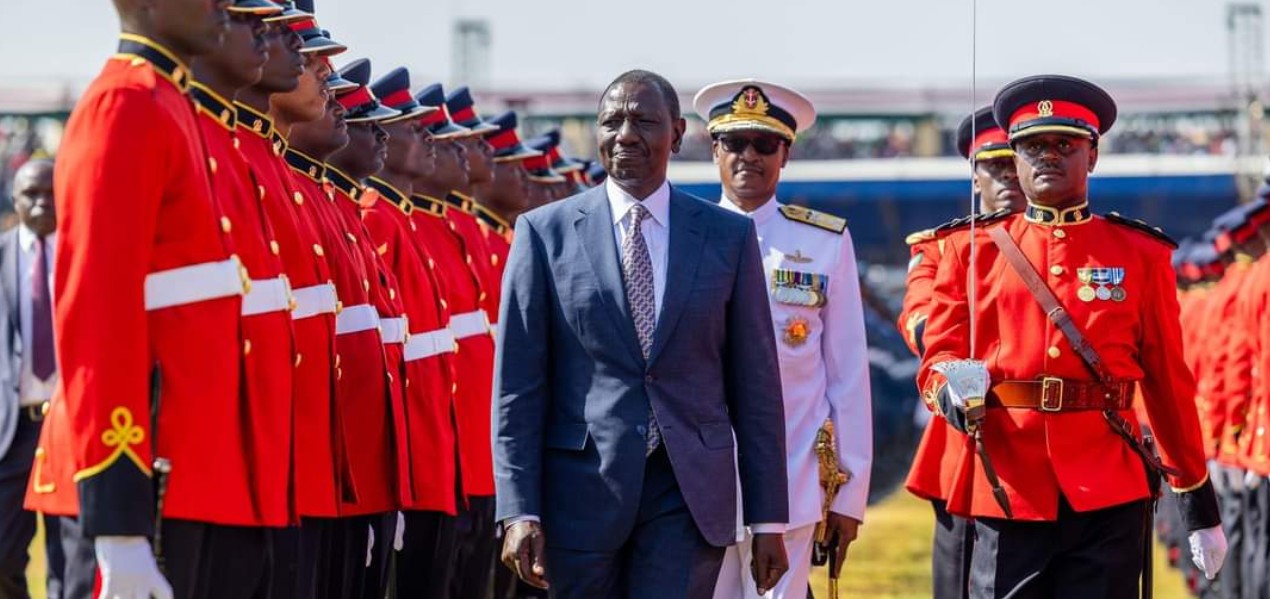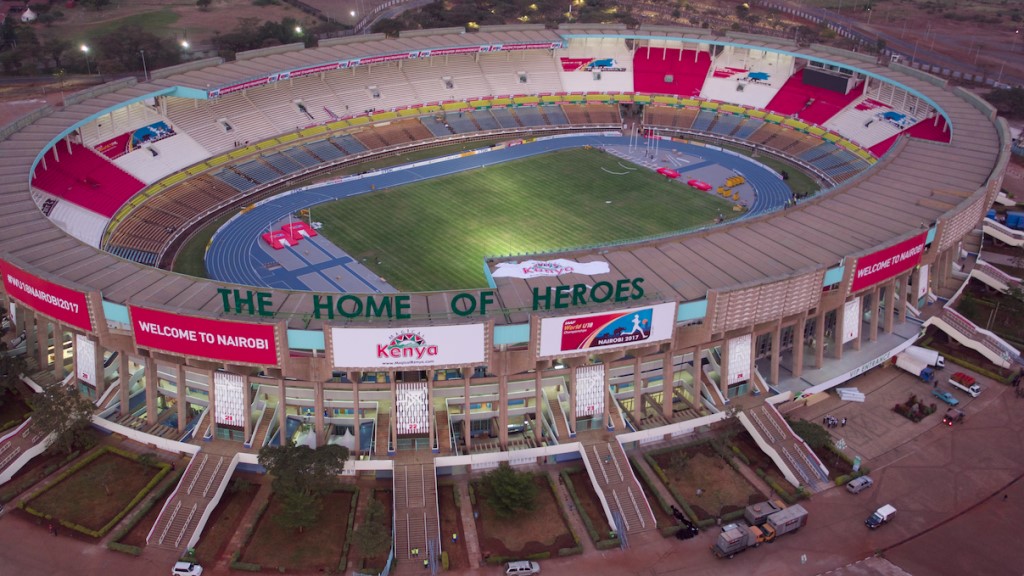Residents of Handanki in Wajir appeal for food and water as dry spell intensifies
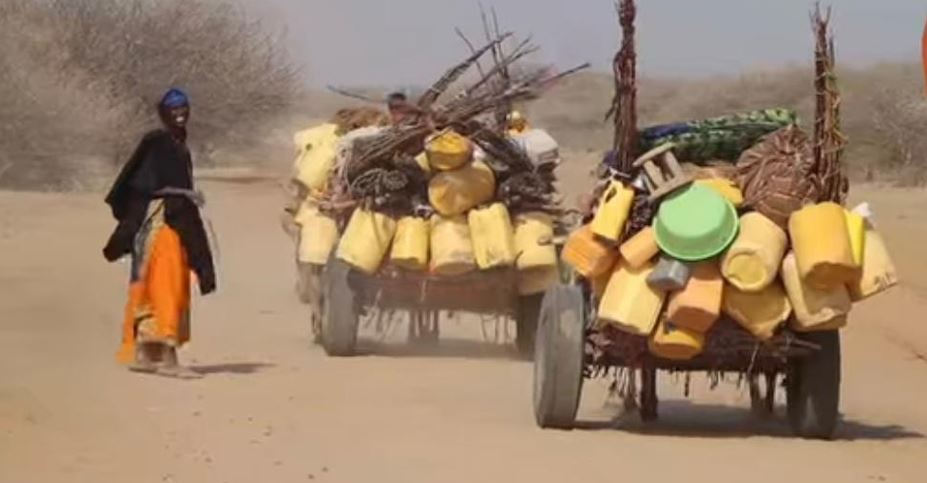
According to the latest forecast by IGAD Climate Prediction and Application Center, Kenya will experience below-average rainfall during the March to May rainy season.
Desperate residents of Handanki south in Wajir County are appealing for relief food, water and livestock fodder from the government and aid agencies as a prolonged dry spell intensifies.
Water pans have dried, making the pastoralist communities to migrate to areas where they can access water boreholes, causing congestion at the wells.
More To Read
- WFP warns of hunger crisis in Nigeria as 35 million face food shortages
- Daua Dam, irrigation masterplan gain momentum after high-level talks in Nairobi
- Somalia faces worsening hunger with millions needing assistance
- Lake Victoria Fish farming booming but pollution and disease are wiping out millions: How to reduce losses
- New 1MW generator boosts Wajir’s power supply, promises relief from frequent blackouts
- Stakeholders warn of increased FGM cases in Wajir during long school holiday
Muhumed Guhad, a community elder and water committee member in Handaki said the situation was alarming due to the presence of a large population of pastoralists from the neighbouring communities who have migrated in search of water and pasture.
"People migrated from as far as Diif, Osgurow, Riba, Gorton and Hambalash. The little pasture we had is no more; our diesel-powered engine borehole is working nonstop. We are appealing for urgent intervention," he said.
He said livestock were getting weak and some were dying due to a lack of pasture.
"This morning, we counted almost 19 heads of livestock that died as they waited their turn to access the congested borehole. Herders and their livestock can spend more than 24 hours before they access the borehole due to the large population of humans and livestock waiting to be served," he said.
He called for urgent intervention for the supply of diesel fuel, water trucking, relief food and fodder for their livestock.
Abdi Osman migrated with his livestock and family to Handaki south after the only water pan they relied on in Well Adhey, Wajir South Constituency dried up.
He said the situation is getting worse after the 2024 November -December short rains failed.
"I came here while my cattle and goat had no water to drink for three days. They were getting weak and almost starving. Here, I find a big population of humans and livestock scrambling to be served at the only existing borehole. It is getting worse; we appeal for urgent intervention from the government and humanitarian aid agencies," he said.
Ahmed Osman, a community elder, said there is an urgent need for more water storage facilities in Handaki village.
He stated that the donation of the water storage facilities will help to reduce the existing congestion at the borehole.
He expressed worry that the borehole engine could break down due to the extended hours of operation as a result of the demand.
"This single diesel-powered engine is running nonstop and might develop a mechanical problem. What will be the fate of this huge population that came here to access this precious resource in case it fails? We need alternative options or else it will be a disaster," he said.
Halima Hassan, a mother of four who travelled with her herd for almost 40 kilometres to access water at the borehole, explained how the prolonged dry spell was threatening the lives of both people and livestock.
She said the situation could be worse if there is no sufficient rain during the expected March-May rainy season.
According to the latest forecast by IGAD Climate Prediction and Application Center (ICPAC), Kenya will experience below-average rainfall during the March to May rainy season.
The period, critical for the equatorial region of the Greater Horn of Africa, contributes up to 60 per cent of the annual rainfall in many areas.
The forecast indicates a higher likelihood of reduced rainfall in eastern and northern Kenya, along with much of Somalia, southern and north eastern Ethiopia, Djibouti, coastal Eritrea, and parts of Uganda, Rwanda, Burundi and Tanzania.
Regions near the Ethiopia-Kenya-Somalia border, southern Eritrea, and south western South Sudan are also expected to experience below-normal rainfall.
Top Stories Today
